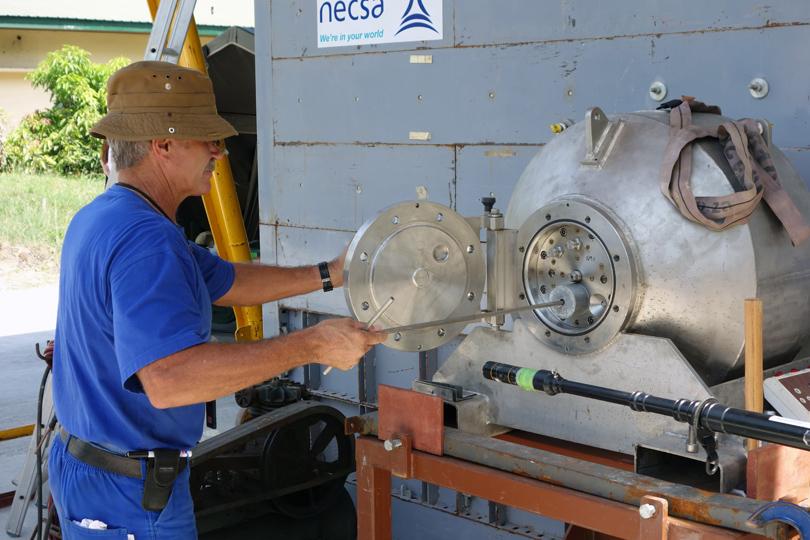- Joined
- Sep 12, 2007
- Messages
- 9,399
- Points
- 113
Density isn't what blocks radiation. Mass is. A brick will stop more gamma rays than a 1/4" lead plate. Lead is only used where you're picky about thickness.

Follow along with the video below to see how to install our site as a web app on your home screen.
Note: This feature may not be available in some browsers.



Density isn't what blocks radiation. Mass is. A brick will stop more gamma rays than a 1/4" lead plate. Lead is only used where you're picky about thickness.
You need far more concrete than you ever would Pb

You've missed the point entirely.
far more thickness, sure, but not more mass. a pound of concrete is just as effective as a pound of lead. That invariably means a larger volume of concrete, but concrete is a LOT cheaper than lead, and so lead isn't necessary.
As was discussed in the radiation theory section, the depth of penetration for a given photon energy is dependent upon the material density (atomic structure). The more subatomic particles in a material (higher Z number), the greater the likelihood that interactions will occur and the radiation will lose its energy. Therefore, the more dense a material is the smaller the depth of radiation penetration will be. Materials such as depleted uranium, tungsten and lead have high Z numbers, and are therefore very effective in shielding radiation. Concrete is not as effective in shielding radiation but it is a very common building material and so it is commonly used in the construction of radiation vaults.
Rather than double posting 1 minute apart, you can use the edit icon on the bottom right of your last post to add more information. Double and triple posting is frowned upon here, and it is not a respectful way to get your post count up.

